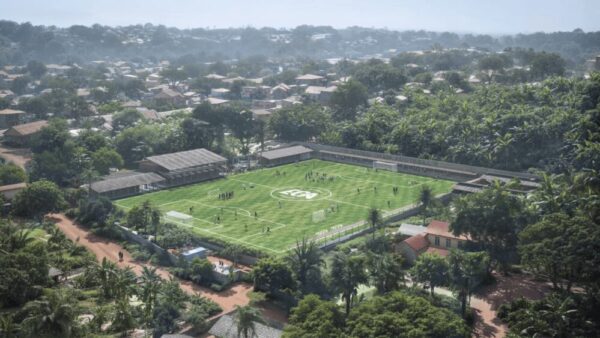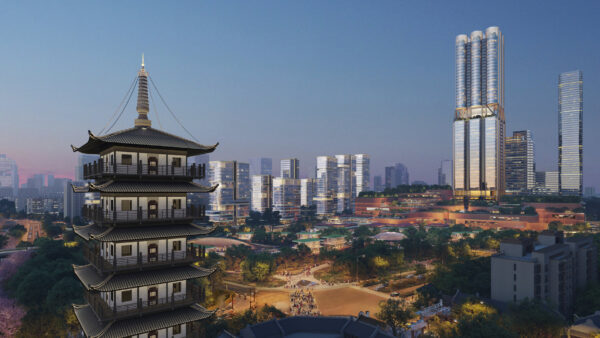New satellite data analysed by Greenpeace has revealed the world’s largest air pollution hotspot is Mpumalanga province, South Africa, which the campaign group says is “disturbing and very scary”.
Mpumalanga is home to a cluster of twelve coal fired power plants with a total capacity of over 32 gigawatts, owned and operated by Eskom.
Greenpeace analysed satellite data from 1 June to 31 August this year to identify the world’s largest Nitrogen Dioxide (NO2) air pollution hotspots across six continents.
Coal and transport are the two biggest sources of air pollution, with Mpumalanga topping the chart as the world’s biggest NO2 hotspot, the group said today.
NO2 is a dangerous pollutant and contributes to the formation of PM2.5 and ozone, two of the most dangerous forms of air pollution.
“It has been reported before that the Witbank area has the world’s dirtiest air, and now this analysis of high tech satellite data has revealed that the Mpumalanga province is the global number one hotspot for NO2 emissions,” said Melita Steele, Senior Climate and Energy Campaign Manager for Greenpeace Africa.
“This confirms that South Africa has the most polluting cluster of coal-fired power stations in the world, which is both disturbing and very scary.”
The satellite data further reveals that 8 million people in the cities of Johannesburg and Pretoria are also affected by extreme NO2 levels which blow across from Mpumalanga on regular east winds.
The list of the largest NO2 hotspots in the world includes well known coal-fired power plants in South Africa, Germany and India, and a total of nine coal power and industrial clusters in China. Cities such as Santiago de Chile, London, Paris, Dubai and Tehran also feature high in the ranking due to transport-related emissions.
“Air pollution is a global health crisis, with up to 95% of the world’s population breathing unsafe air. South Africa is a significant global hotspot with its high concentration of coal power stations and its weak air pollution standards.
“Our Government urgently needs to come up with an action plan that protects millions of people, instead of dirty coal power stations,” continued Steele.
Greenpeace said that, compared with many other countries, South Africa has relatively weak Minimum Emission Standards, that allow coal-fired power stations to emit up to 10 times more NO2 than allowed in China or Japan.
Most of Eskom’s aged power stations do not even comply with these standards, Greenpeace said.
The analysis is based on new, publicly available data produced by the European Space Agency’s Sentinel 5P satellite between 1 June and 31 August 2018.
Image: Greenpeace Africa projects ‘coal kills’ message on Duvha coal-fired power station in Mpumalanga, South Africa, in response to the news that the province is the biggest pollution hotspot in the world (Greenpeace)






